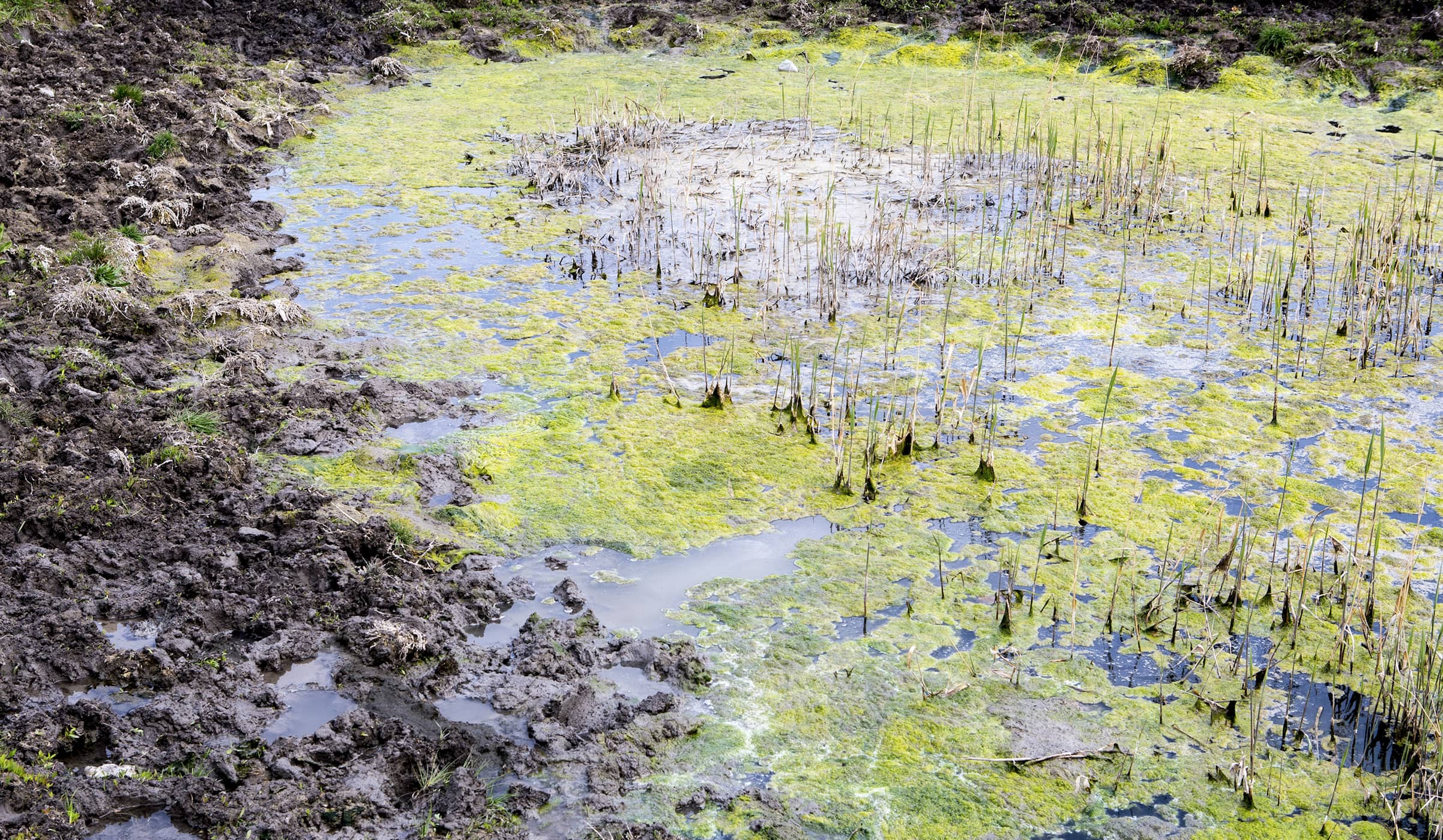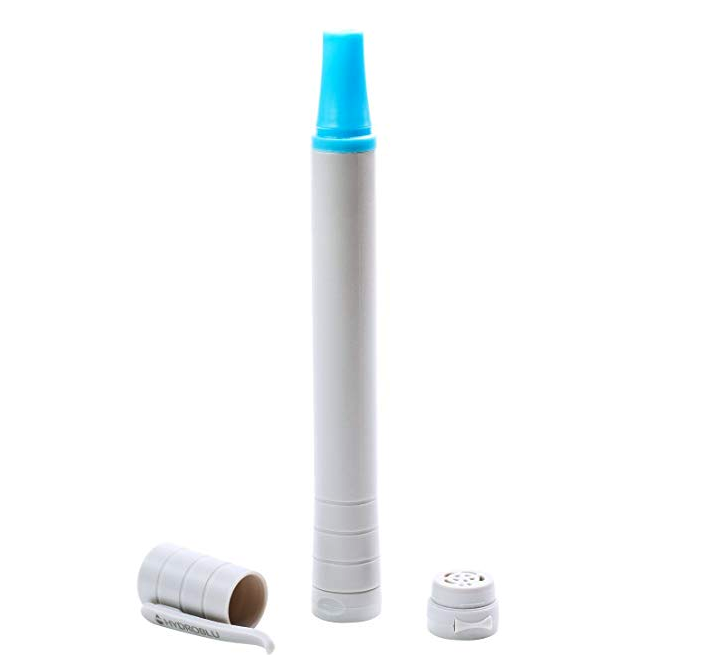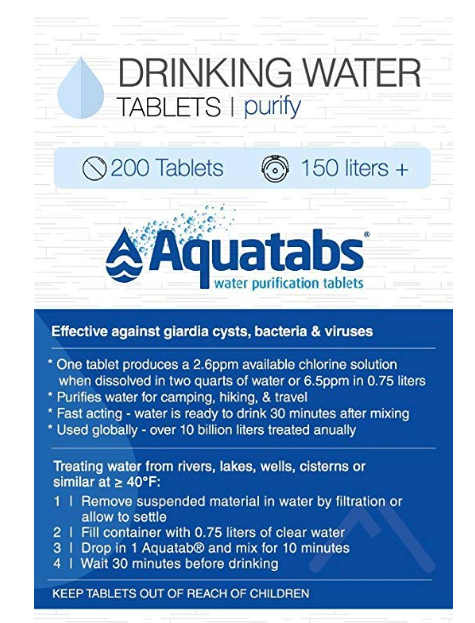5 Ways to Address Water Sanitization in the Wild
OutdoorHub Reporters 10.02.18

The nation was gripped by one simple fact about our society. It was a fact about one of the most benign resources in our day to day life.
75% of Americans suffer from chronic dehydration.
This was reported by CBS way back in 2013. What followed was an army of people swigging water through bottles and bladders all over the nation. This started the bottled water phase that has evolved like made over the last 5 years. We know now that hydration plays a massive role in the body’s daily functions.
Of course, in survival circles, we have long been espousing the importance of water. Now it came from a different place, but the sentiment was quite the same. While American’s raced to filter taps and fill glass water bottles, survivalists looked to the wilderness and mulled over new ways to, or forgotten ways, to access clean water.
We are going to look at 5 ways to address water sanitation in the wild.
Carry a Filter
This is easily the most effective and easy method for filtering water in the wild. Carry a filter! Now, I understand that this makes the most sense and I also understand that its pretty boring but, carry a filter. Just a little one ounce straw filter by HyrdoBlu can get the job done.

We are going to touch on much more complicated methods but when we are talking about survival, lets not get too crazy. Be sure you have a quick answer for clean water in case of injury or other issues in the wild.
Additives
While you might not always have something to filter water with, you can certainly kill all the harmful bacteria inside it! A simple sleeve, handkerchief or other cloth can be a quick preliminary filter to removed sticks and things like that. If you are lucky, you will find that the water your are sizing looks much better after that filter.
Still, you need to kill the deadly parasites and bacteria in that water. This is no stretch of vocabulary either, these organisms can be downright deadly. The WHO says that nearly half of the developing world are suffering from some kind of waterborne illness.
Iodine Tincture 5-10 drops per liter or 32 fluid ounces, depending on quality
Bleach 1-2 drops per quart and let stand for 2 hours
Aquatabs are a great additive to pack for your next trip. Directions are on each pack

Boil
One of the most well-known methods for sanitizing water is to boil it. We even get boil notices from our own local news networks from time to time. This method is great and works well, if you have a titanium cup and the ability to make fire. What would you do if you didn’t have anything to boil water in?
No Pot Boil
You can execute a no pot boil by using a sleeve, pant leg, hat or some other type of semi or totally waterproof cloth. This cloth can be filled with water and hot rocks can be periodically added to the water.
The rocks should be cleaned and heated beside a fire. Do not drop them in the fire because some rocks have high water content and will explode. You don’t want to pick hot rocks shards out of your face.
Dip the rocks into the water if you are concerned about the heat and then drop them once they make the initial heat is take from them. The water will slowly start to boil the more times you add the hot rocks. If it’s a small amount it might boil from one hot rock.
SODIS
If you have a clear plastic bottle or clear container of any kind, you are going to be able to execute SODIS. It’s a very simple process where you can give water a preliminary filter to remove debris and then place it in a plastic bottle.
You need to find a nice sunny spot for your water bottle or container. After 6 hours of direct sunlight the UV rays are going to kill all of the harmful bacteria in that water. This means, after 6 hours in direct sunlight, you are going to be able to remove the cap to that bottle and have a drink.
SODIS is a highly underutilized method that is taking the world stage by storm. You can even read about it on the CDC website.
BIOFILTER
For the bushcrafter there is no method more exciting than creating a bio filter. This is the process of using the natural world around you to create a filter that will make your water exponentially clearer. This filter will still require that you boil or use additives, but it will increase the quality and clarity of that water.
The biofilter is a multilevel creation that uses these different tiers to remove debris from the water. You will need three layers, at least, to create an effective bio filter. This filter can be built into a handkerchief, it can be made in a tied off sleeve or any other cloth that can be closed off at the end.
You will first add a layer of charcoal to your filter. This will be the last thing that the water goes through. Pulverize this charcoal as fine as possible.
The next layer will be fine sand this should be packed over the charcoal
After that, a layer fine pebbles, followed by larger rocks should be added
A final layer of torn grasses and small sticks will be the top most layer of your biofilter
Run your water through this a few times and you will notice an incredible difference in clarity.
Conclusion
You have three days without water, at best, in a survival situation. This is old news. Which of these methods are you going to rely on in times of disaster? While it might not be exciting to pack a water filter and deal with your water needs that way, I would highly recommend it.

